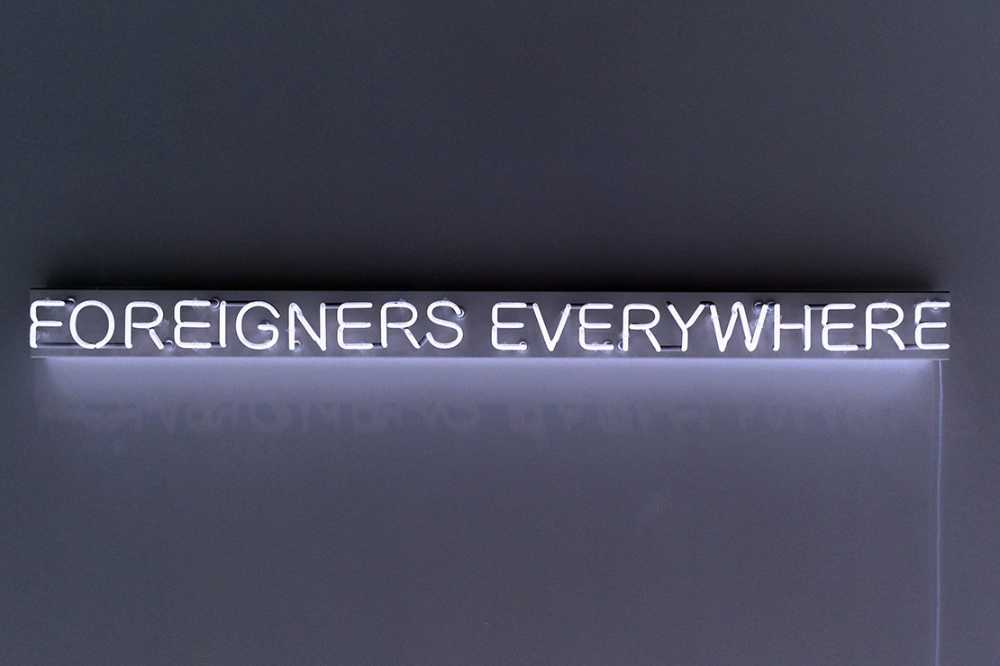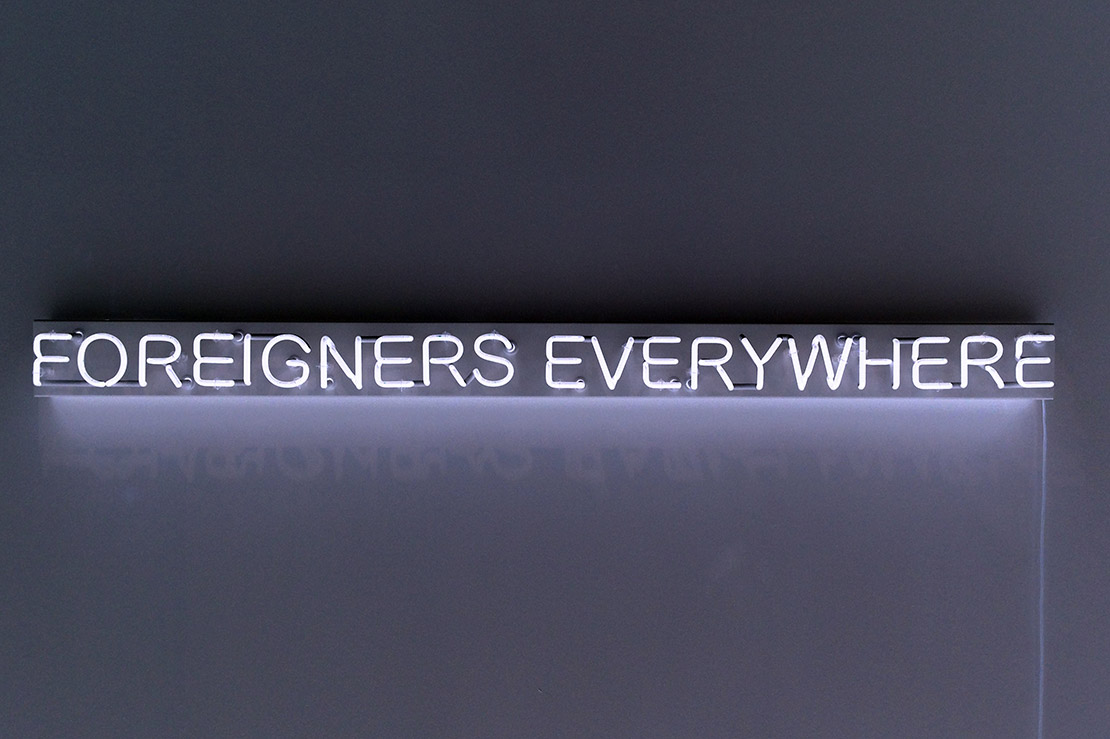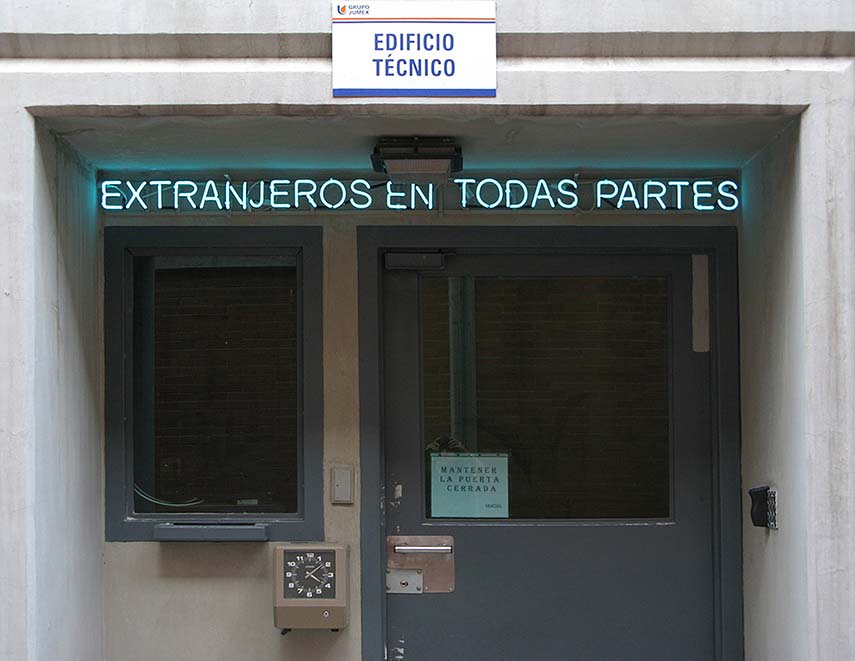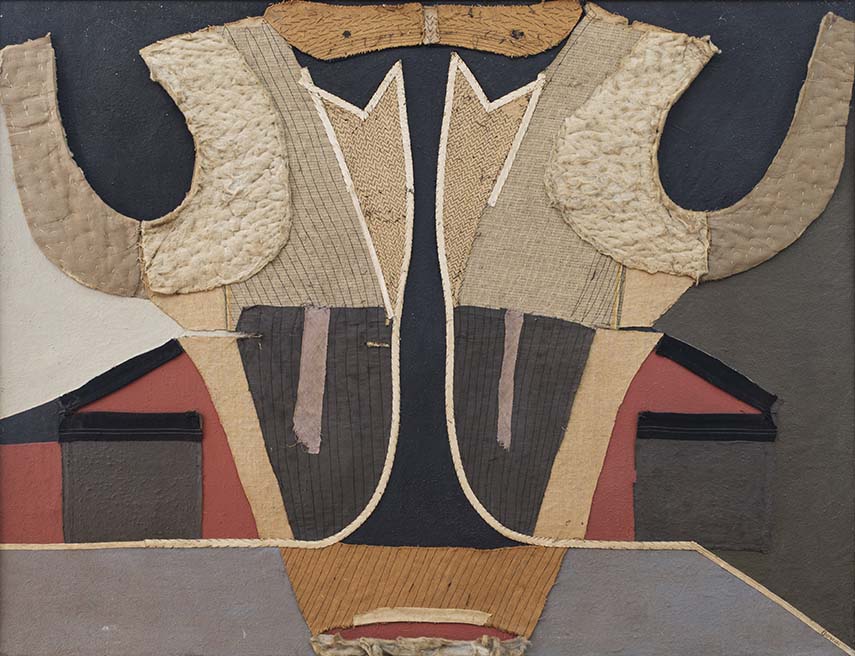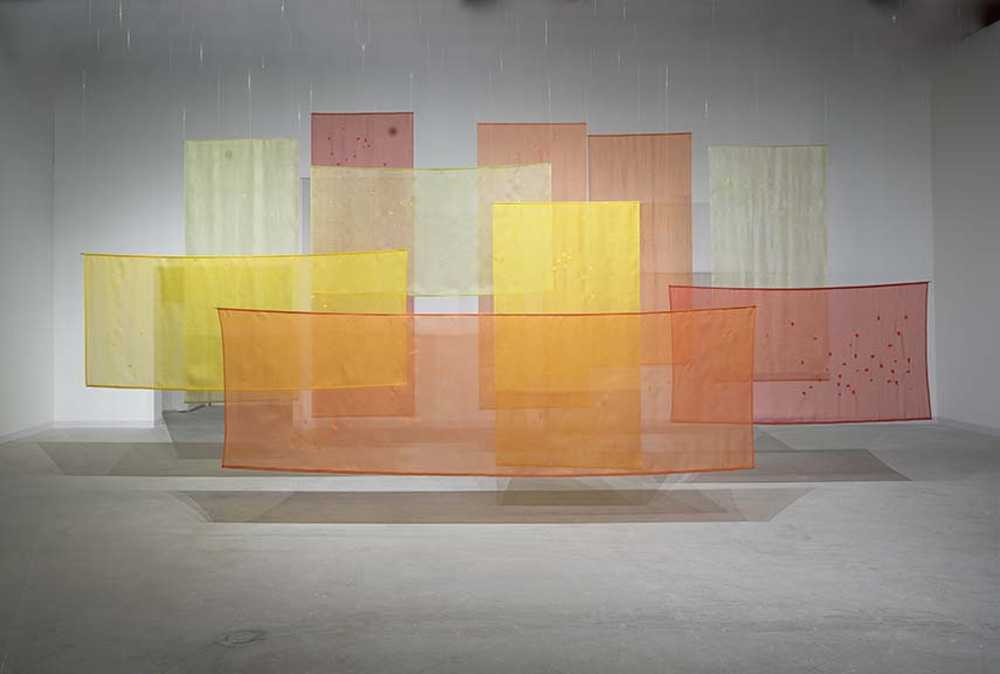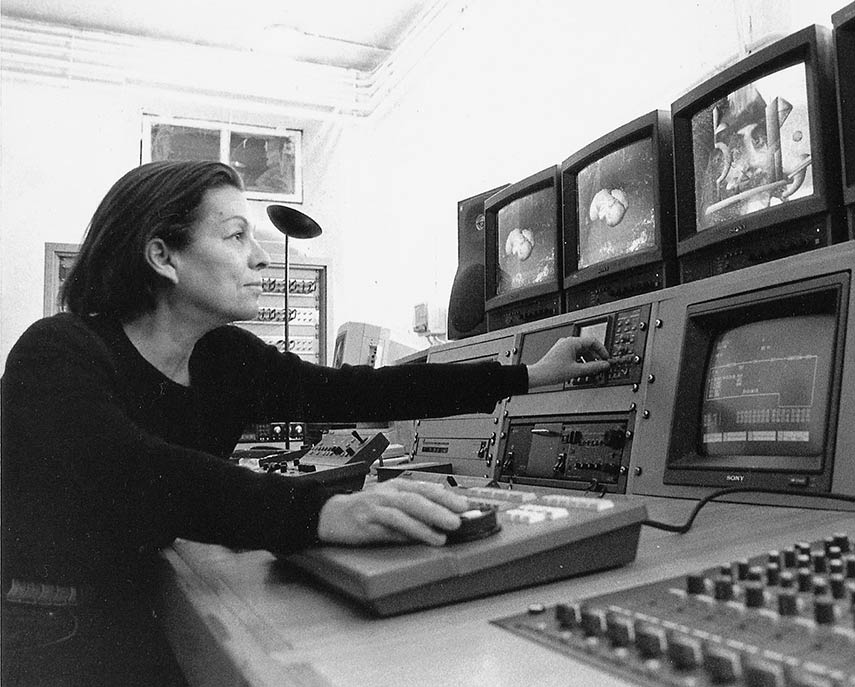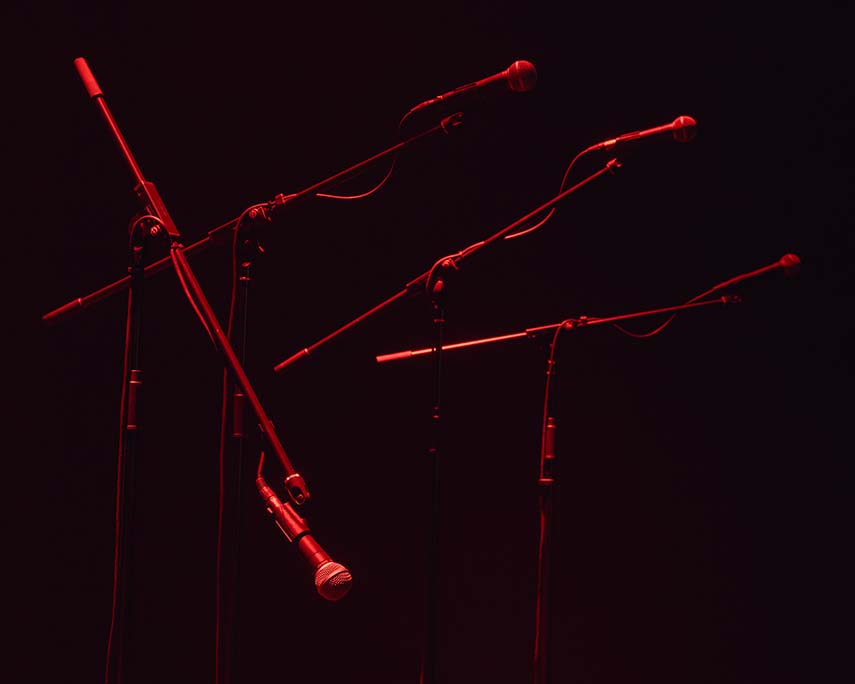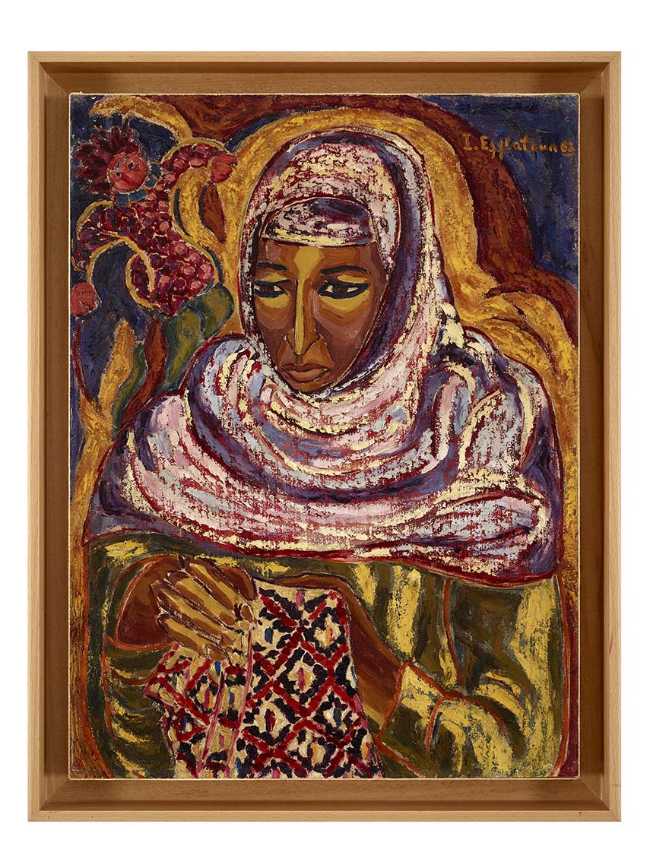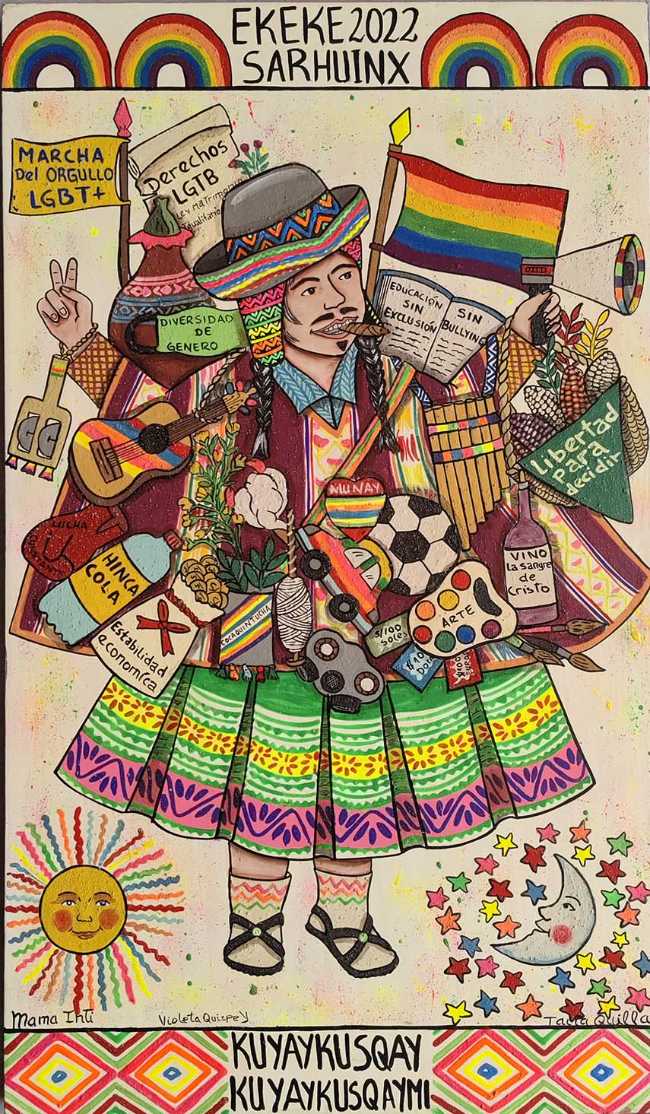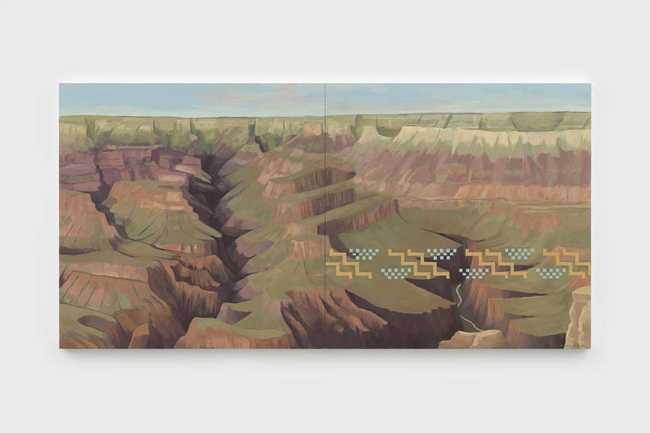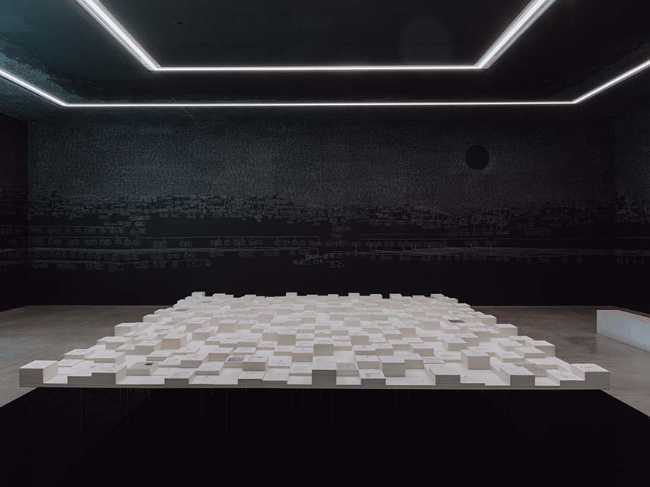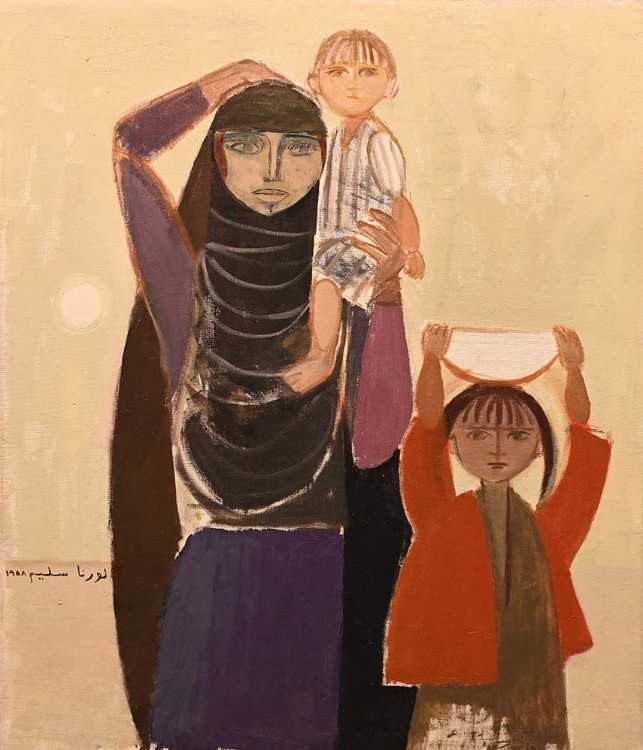#answer3
For your work, I imagine you spend a lot of time analyzing and interpreting works of art. I wonder, when you come across a piece that deeply resonates with you, are you still able to separate professional analysis from personal emotion? And if so, how do you find that balance?
I have spent my whole life - and still do - in front of works of art or reading books. I analyze, study, interpret, critique, open windows of reflection. I don't believe you can separate professional analysis from personal emotion, because the analysis of a work of art is always a subjective opinion tied to individual thought. To try to be as sincere as possible, I study the history and the path of the artist in front of me, but I never do it beforehand, so as not to be influenced. For example, when I entered the Australian Pavilion, I didn't read the curatorial project beforehand, I let amazement and wonder be the first feelings to emerge, then I had all the press material sent to me and there, I understood that my feelings and my gaze had not made evaluation errors.
#answer4
Is there a work of art that has had a significant impact on your life beyond the professional context?
My existence has never been separate from my professional life, I am what I have always done. Art is everything to me. Of course, if I have to tell you a work of art or maybe two that have influenced my life, I would say View of Toledo by El Greco and We loved the revolution so much by Alfredo Jaar.

